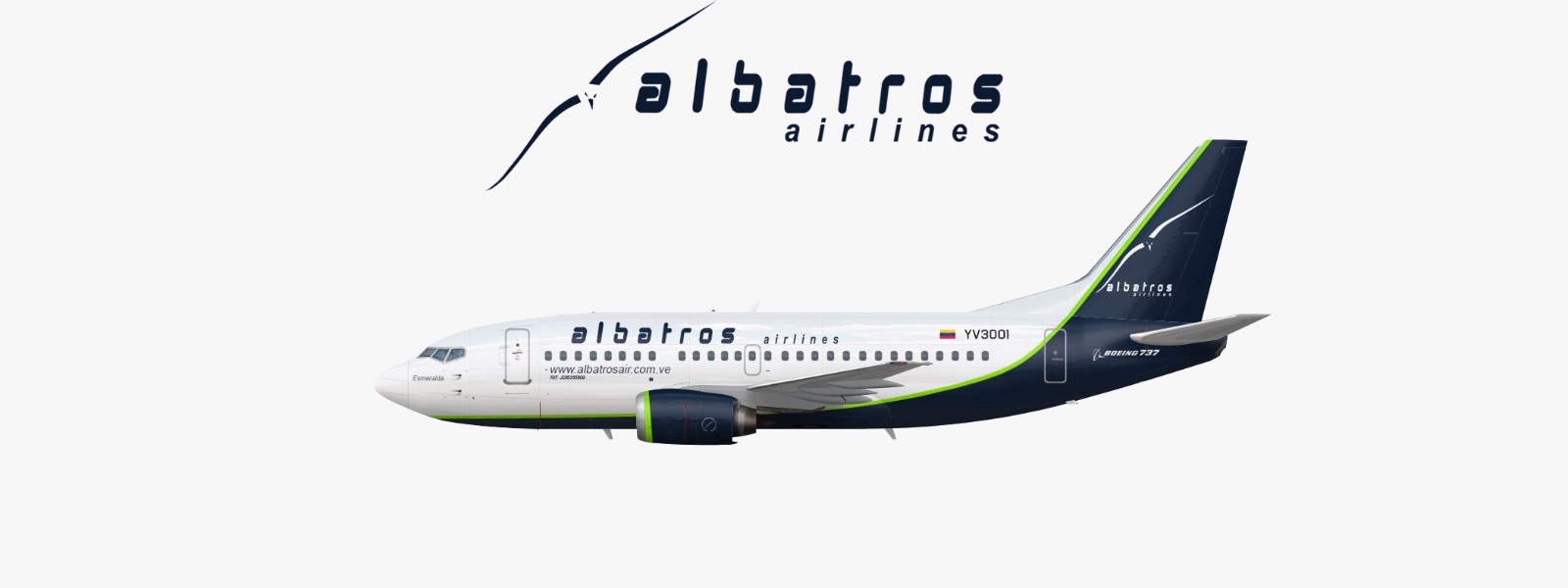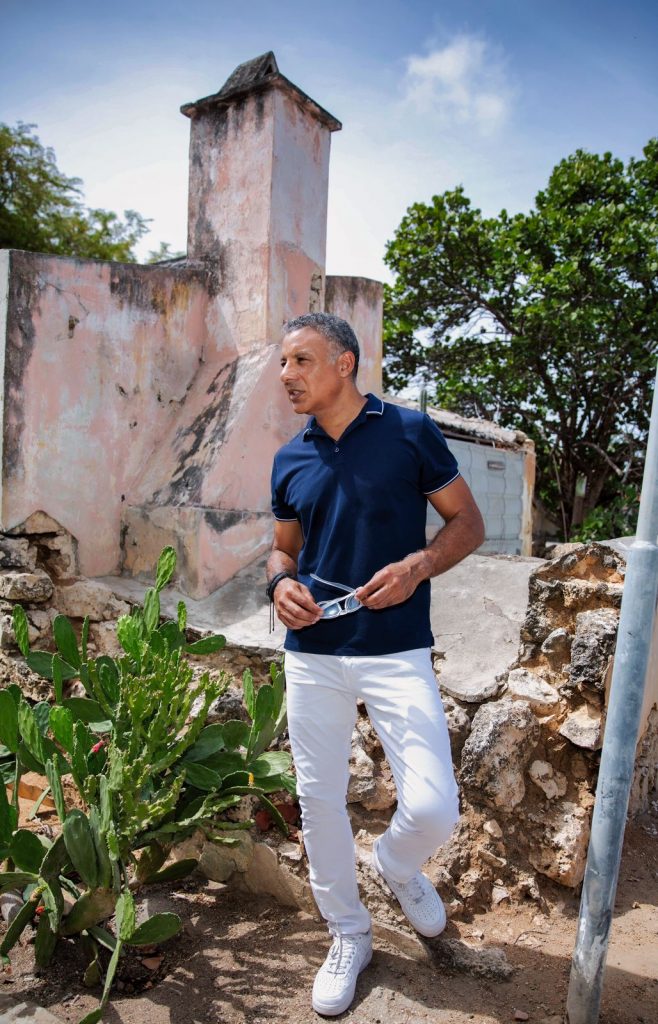Arrest of Aircraft in Aruba and Curaçao
Whether you are the owner of an aircraft on lease, a lender, or a vendor that has provided goods or services to an aircraft owner, there comes a time when seizing or arresting the aircraft in a convenient and reliable jurisdiction is one of the few options if not the last option left. In the terminology, this is called “precautionary arrest of aircraft”. But how do you go about it and get it done if you are sure the aircraft will land in Aruba or Curacao and you want to strike? Wonder no more. Let me share some insights with you.
- The hunt
Aircraft aren’t usually sitting around waiting to be seized. Because of the inherent mobility of aircraft, it adds an extra layer of complexity when seizing an aircraft. The first question you must ask is where, how, and when do you place the arrest? For this contribution, the location will be either Aruba or Curacao. The when is when the aircraft lands on either island for either a technical stop or a regular flight, be it either commercial or private. Knowing when the plane will land is half the battle. Sometimes, you find out in a few days; occasionally, you spend weeks gathering intel from public or confidential sources that can help you. Sometimes, this can feel like you secretly verify serial numbers in a James Bond movie to verify that you have your eye on the correct aircraft or engine(s). Sometimes, you strike gold figuratively, and other times, the assets don’t match; the trip to Aruba or Curacao never materializes or is seized elsewhere. Sometimes, they can also disappear in a “black hole,” a.k.a. A jurisdiction like Venezuela, where lessors and lawyers alike know that a repossession or recovery of a mobile asset on the ground is a “no-go”. At least that is what the feedback I have been getting over the years from colleagues in the field.
2. Aircraft and engine arrest in Aruba and Curacao
The law in both jurisdictions has provisions to make an arrest of an aircraft or aircraft engine possible. The process begins with the creditor’s lawyer filing a request to arrest the aircraft with the court. This request must detail the claim, including the amount and the grounds upon which the arrest is sought. In Aruba, this is filed with the Court of First Instance of Aruba, while in Curaçao, the request is made to the Court of First Instance of Curaçao. Once granted, you will have a judicial order authorizing the seizure in either Aruba or Curacao. While you can’t use an order given in Aruba for an arrest in Curacao, you are free to request seizure orders in both jurisdictions in case the aircraft is scheduled to go to either island or in case there is a deviation due to a technical stop or if the debtor got wind that an arrest is looming in the horizon. In the past, I have requested that both Aruba and Curacao keep my options open.
3. Execution of the Arrest
Once the arrest warrant is issued, the lawyer will coordinate with a bailiff and have the necessary paperwork ready for when the aircraft sets flight to Aruba or Curacao. This could be scheduled well ahead of time, or it could be impromptu. In either case, one must be ready, like a scout. The bailiff carries out the actual physical arrest and ensures the aircraft is secured or “chained” although no physical chain is involved. I once saw a non-suspecting pilot land the plane on their first flight to Aruba. It ended up also being the last! We repossessed the aircraft, defeated the challenge in court filed by the airline, and returned the plane to its rightful owner. It was a good day in court.
4. The Rome Convention
Not every aircraft arrest is created equal. When considering an arrest of an aircraft, one should pay attention to the Convention for the Unification of Certain Rules relating to the Precautionary Arrest of Aircraft (Rome Convention (1933), which have been incorporated in both the Civil Code of Proceedings of both Aruba of Curacao. Treaty protection from precautionary arrest is enjoyed by aircraft registered in the states that are members of the treaty and cover, among others, state-owned aircraft, such as presidential planes and aircraft used for scheduled commercial flights. Our next-door neighbor, Venezuela, is not a treaty state, and thus, Venezuelan registered and operated commercial do not enjoy this protection. As a result of this and because of numerous incidents of defaults by Venezuelan carriers, several aircraft have been arrested over the years in Aruba and Curacao. I suspect that I was involved in a good junk of those.
5. Legal Proceedings Following Arrest
The arrest of the aircraft is a temporary measure. For the creditor to secure a permanent solution, subsequent legal proceedings must be initiated to resolve the underlying claim, either by enforcing payments or returning the aircraft to the owner. The aircraft can be released from arrest if the debtor pays the claim or provides sufficient security to cover the debt and any additional costs incurred. The court can also order the release if it later determines that the arrest was unjustified. Just recently, the Court of First Instance of Curacao, in summary proceedings, confirmed the validity and the need to maintain a preventive arrest placed on a YV-registered aircraft .

Conclusion
Arresting an aircraft in Aruba and Curaçao is not a run-of-the-mill legal process. It is a powerful tool for creditors to secure claims and, if used correctly, can provide effective relief for the owner repossessing the aircraft or for the debtor to get paid. It can also be exciting and even an adrenaline-rushing experience. Practice makes perfect, and you typically have one shot at succeeding in these cases. Miss it, and the aircraft flies away. If you need to arrest a plane in Aruba or Curacao, give me a shout, and we will go James Bond-style together. #AviationLaw #AircraftArrest #TheArubaGuy #CuracaoAviationLaw #AircraftLeasing #MaintenanceRepairOrganization













